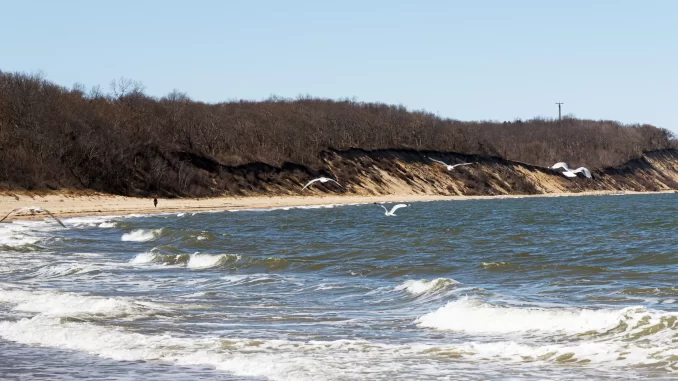
Previously Published in The Messenger
The Long Island Sound, a vital body of water bordered by New York and Connecticut, is renowned for its rich biodiversity, scenic beauty, and cultural significance. However, in recent decades, the Sound has faced numerous environmental challenges, including pollution, habitat loss, and declining water quality, threatening the health of aquatic ecosystems and the communities that depend on them.
Congressman LaLota’s successful bipartisan advocacy for increased funding for the EPA’s Long Island Sound Geographic Program comes at a crucial time for the region, as stakeholders work to address pressing environmental issues and safeguard the Sound for future generations. The $40 million allocation will support a wide range of projects and initiatives aimed at improving water quality, restoring habitat, and enhancing public access to the Long Island Sound.
“From fishing to tourism to its role as a critical natural resource, the Long Island Sound is much more than a body of water, it is a way of life. I’m thrilled to announce that I was able to secure $40 million to preserve the Sound in this year’s government funding process,” remarked LaLota. “This vital funding will help address pollution, improve water quality, restore important habitats, and protect the Sound for decades to come. The Sound provides invaluable resources to Long Island families, and I am committed to its preservation to ensure a healthier environment for future generations”.
The Long Island Sound Geographic Program, administered by the EPA in collaboration with state and local partners, focuses on addressing key environmental priorities identified by stakeholders in the region. These priorities include reducing nutrient pollution, restoring wetlands and shoreline habitats, and enhancing recreational opportunities for residents and visitors alike.
“This funding supports so many critical clean water initiatives, including the Unified Water Study, which Save the Sound launched to enable groups around Long Island Sound to collect consistent, comparable water quality data from our bays and harbors. Now in its eighth season, the Unified Water Study features 27 partner groups, including Save the Sound, monitoring 46 bays and harbors along the margins of the Sound,” said Denise Stranko, Executive Vice President of Programs for Save the Sound. “The more we can track and document the impact of nitrogen pollution, the more effectively we can work to protect the environmental health of those bays and harbors. We appreciate Representative LaLota’s efforts in securing this essential federal funding”.
The $40 million in federal funding secured by Congressman LaLota for the EPA’s Long Island Sound Geographic Program reflects a shared commitment to protecting and preserving this invaluable natural resource. As implementation of the program moves forward, stakeholders are optimistic about the positive impact it will have on the health and vitality of the Long Island Sound and the communities that depend on it for recreation, livelihoods, and cultural heritage.

